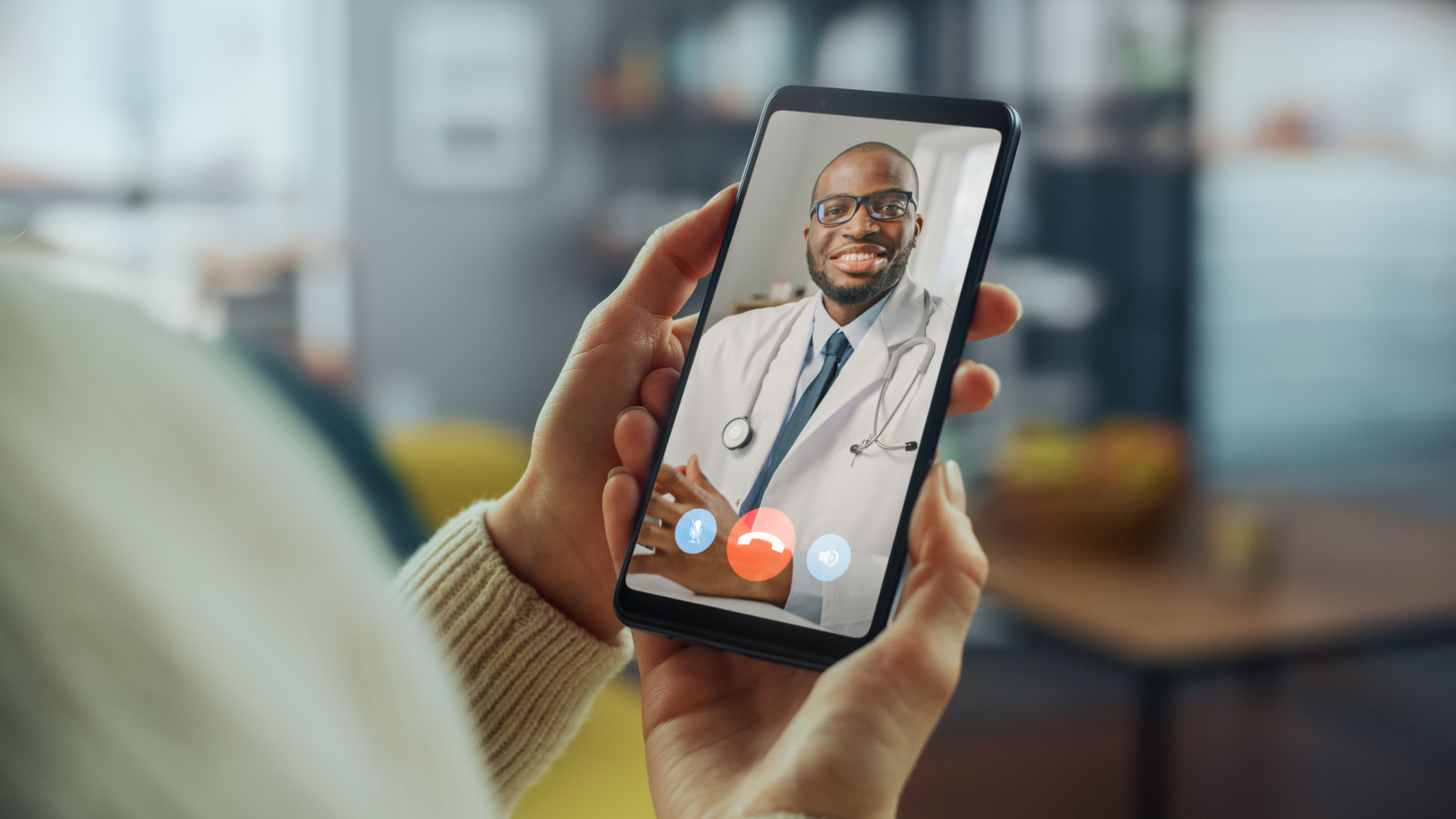Article
Parental Involvement in mHealth Intervention Just as Important as Child’s, Study Says
Author(s):
Children whose parents were more engaged with an intervention focused on obesity saw greater results compared with children whose parents were less engaged.
For mobile health (mHealth) interventions targeting childhood obesity, it is just as important for a parent to engage as it is a child for an intervention to be successful, according to a study published in Journal of Medical Internet Research.
Due to a lack of studies characterizing mHealth user typologies derived from digital phenotypes or how users interact with specific features of an intervention, the study authors conducted a randomized controlled trial to see if user characteristics and health outcomes differed across phenotypes.
Their study included 214 parent-child pairs who used the Aim2Be mHealth app between 2019 and 2020.
The authors used latent class analysis to identify phenotypes based on each pair’s use of the app’s behavioral, gamified, and social features over a 3-month period and used multinomial logistic regression models to determine if phenotypes differed by demographic characteristics. Changes in body mass index z scores (zBMI), diet, physical activity, and screen time were measured by covariate-adjusted mixed-effect models.
The authors identified 5 main phenotypes among parents and 4 among children.
Most parents (48.1%) were unengaged with the app, followed by 16.3% being socially engaged, 15% being partially engaged, 12.1% being fully engaged, and 8.4% being independently engaged. Further, parents who were married were more likely to be fully engaged, and socially engaged parents were generally older compared with fully engaged or unengaged parents.
The study revealed children were also generally unengaged with the intervention, with 36.9% unengaged, 28.5% partially engaged, 19.6% referred to as “dabblers,” and only 15% fully engaged with the mHealth intervention.
Children who were fully engaged with the Aim2Be app were more likely to be younger and to have parents who were fully or partially engaged with the app. Children who were dabblers lived in higher-income households.
“These associations could indicate that the app was more appealing to younger children, as shown by other research, or that parents dedicated more attention to their children when they were younger than when they were older,” the authors said. “In addition, younger children might be more easily influenced by their parents, which may explain their use of the Aim2Be app.”
They noted these findings support those of previous studies, which suggested parental self-monitoring and adherence to digital health interventions were significant predictors of their children’s self-monitoring and adherence.
Regarding changes over the 3-month intervention period, children fully or partially engaged with the app had decreased total sugar and energy intake, and partially engaged children also had decreased sugary beverage intake.
Notably, children with parents who were more engaged with the app saw more of a decrease in their zBMI and total daily energy intake vs children whose parents engaged only with social features or not at all. Additionally, children whose parents were independently engaged saw a decrease in their caloric intake over 3 months, while children whose parents were unengaged increased their calorie intake.
“Our findings are consistent with a qualitative study showing that participation as a family is one of the main factors identified by both children and parents to facilitate behavior change,” the authors wrote, adding that current guidelines for childhood obesity management include a family-based approach.
“Taken together, our findings reinforce the critical role that parents play in lifestyle interventions to support their children’s adherence and improvement of health outcomes, even in the mHealth context,” the authors concluded.
Reference
De-Jongh González O, Tugault-Lafleur CN, Buckler EJ, et al. The Aim2Be mHealth intervention for children with overweight or obesity and their parents: person-centered analyses to uncover digital phenotypes. J Med Internet Res. Published online June 22, 2022. doi:10.2196/35285





